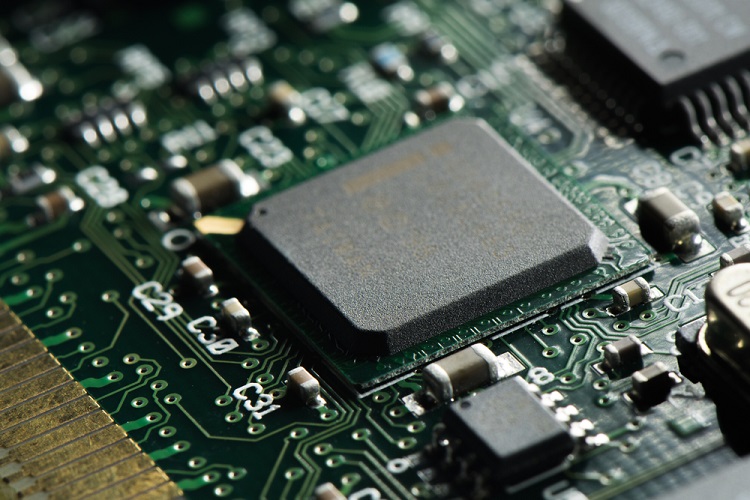In the world of computing, where speed, efficiency, and data management are paramount, the I/O controller, short for Input/Output controller, plays a crucial role. While it may not be the most visible component in a computer system, its function is indispensable. In this article, we’ll explore the I/O controller, its significance, and its role in managing the flow of data within a computer.
Table of Contents
Understanding the I/O Controller
The Input/Output (I/O) controller is a hardware component or chip that acts as an intermediary between a computer’s central processing unit (CPU) and its various peripheral devices. These peripheral devices can include keyboards, mice, monitors, hard drives, printers, and more. The primary function of the I/O controller is to facilitate communication between the CPU and these external devices.
Key Functions of an I/O Controller
Data Transfer: One of the central functions of an I/O controller is to manage the transfer of data between the CPU and peripheral devices. It ensures that data is sent and received efficiently and without errors.
Address Decoding: To ensure that data reaches the correct peripheral device, the I/O controller uses address decoding. It interprets memory addresses generated by the CPU and directs data to the appropriate device.
Interrupt Handling: When a peripheral device needs the CPU’s attention, it sends an interrupt signal. The I/O controller is responsible for prioritising and managing these interrupts, ensuring that critical tasks are addressed promptly.
Buffering: To improve data transfer efficiency, I/O controllers often include buffers or temporary storage areas. These buffers temporarily hold data while it is being transferred, allowing for smoother communication between devices with varying speeds.
Error Detection and Correction: I/O controllers are equipped with error-detection mechanisms. They check data for errors during transmission and, if necessary, initiate error correction procedures to ensure data integrity.
Timing and Synchronisation: Coordinating data transfer between devices requires precise timing and synchronisation. I/O controllers manage these aspects to ensure that data is sent and received at the appropriate times.
Types of I/O Controllers
I/O controllers come in various types, depending on the devices they manage:
Disk Controllers: These I/O controllers manage the reading and writing of data to storage devices like hard drives and solid-state drives (SSDs). They optimise data access and help with error detection and correction.
Network Interface Controllers (NICs): NICs handle data communication between a computer and a network, whether wired or wireless. They are crucial for internet connectivity and local network operations.
USB Controllers: USB controllers manage Universal Serial Bus (USB) connections, enabling the connection of a wide range of peripheral devices, from keyboards and mice to external storage drives and cameras.
Graphics Controllers: Also known as GPU (Graphics Processing Unit) controllers, these manage the rendering and display of graphics on computer monitors. They are integral for gaming, video editing, and visual tasks.
The Significance of I/O Controllers
I/O controllers are the unsung heroes of modern computing. They ensure that data flows seamlessly between the CPU and peripheral devices, allowing users to interact with their computers effectively. Here are a few reasons why I/O controllers are significant:
Efficiency: I/O controllers optimise data transfer, reducing delays and ensuring smooth interactions with devices.
Compatibility: They enable the use of various peripherals with different interfaces, such as USB, SATA, and Ethernet, providing versatility to computer systems.
Reliability: I/O controllers include error-checking mechanisms that enhance data reliability and prevent data corruption during transfers.
Scalability: As computers evolve and new devices are introduced, I/O controllers can adapt to accommodate these changes, making them a future-proof component.
Overall System Performance: A well-designed I/O controller contributes to a computer’s overall performance and responsiveness, enhancing the user experience.
In conclusion, the I/O controller may not be as glamorous as a high-end graphics card or a lightning-fast CPU, but it is an essential component that ensures the smooth flow of data within a computer system. From managing disk drives to handling network connections and USB devices, I/O controllers play a pivotal role in the functionality and efficiency of modern computing systems. They exemplify the often-overlooked technology that quietly makes our digital world run smoothly.
